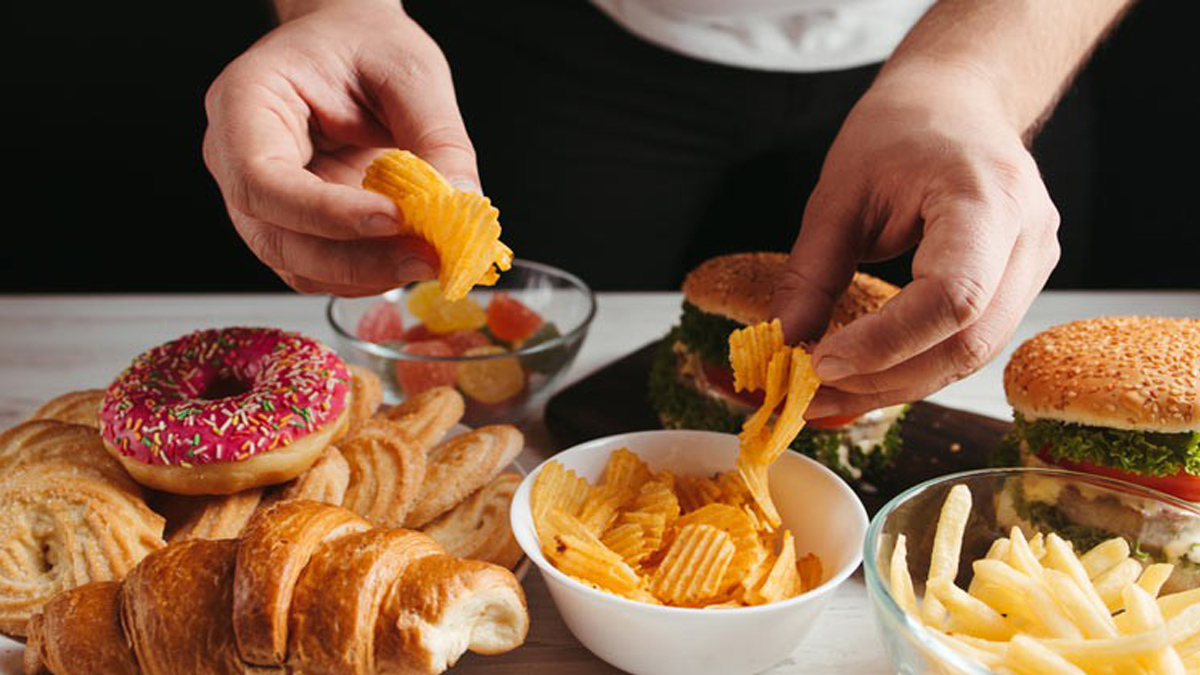Recently, experts have been warning against exposing children to "processed foods that are extra sweet" as the country is witnessing an unusual and worrying trend of type 2 diabetes among children. The rise in such cases is being attributed to lifestyle- and diet-induced obesity. So what can parents do differently so that children remain miles away from it?
"Most of the times, we get cases where children report obesity as the underlying problem and then in the process get diagnosed with type 2 diabetes. If both parents are diabetic, the child will get it 10 to 15 years earlier than the age at which the parents got it," explains Dr Akanksha Parikh, paediatric endocrinologist at Kokilaben Dhirubhai Ambani Hospital.
Till recently, children used to be diagnosed with only type 1 diabetes. In type 1 diabetes, the pancreas does not make insulin—the hormone that helps cells absorb glucose from blood—as the immune system attacks the insulin-making islet cells in the pancreas; whereas in type 2 diabetes, the pancreas makes less insulin.
Sometimes, it is shocking for parents to discover that their child is diabetic, especially when there's no family history of diabetes. Doctors across India's major cities agree that there has been a rise in type 2 diabetes among children under 18, especially around puberty, children are at a higher risk of glucose intolerance.
“The increase in body weight is the major reason why children are getting type 2 diabetes,” says Dr Brij Makkar, obesity specialist and president of the Research Society for the Study of Diabetes in India. “Almost every week, I see a child with type 2 diabetes. Kids, aged 10 to 12, first enter the pre-diabetes stage and eventually turn into diabetics in a few years. Their HbA1c levels may not be very high but their sugar levels are abnormal, in the range of 126 plus, which is the cut-off for fasting glucose levels, and the postprandial (after food) glucose levels going up to 200 plus.”
Type 2 diabetes progresses more rapidly and aggressively in children than in adults, and begin seeing the symptoms earlier too in comparison to adults," he adds. “Four to five years ago, most children who came with diabetes were either type 1 or had pancreatic diabetes (pancreas experiences damage, affecting its ability to produce insulin),” says Dr Shrinath Shetty, consultant endocrinologist, KMC Hospital, Mangaluru. “Of late, we are seeing a sudden spurt of type 2 diabetes in children, which was previously uncommon even in those below 40. We started seeing this increase in numbers just before Covid-19."
Also read
- Does Elon Musk have type 2 diabetes? Tesla CEO appears as 'Ozempic Santa' in Christmas post
- World-record attempt for the largest virtual meditation session on Dec 21
- Kerala struggles with a surge in mumps cases as infections cross 70,000 this year
- Bridging cultures through wellness: India’s timeless traditions shine in Cyprus
Dr Sreejith Kumar, who runs a diabetes care centre in Thiruvananthapuram, says he is increasingly seeing young patients with acanthosis nigricans, an abnormal darkening of the skin around the nape, the most common tell-tale sign of insulin resistance. “Many parents mistake it for dirt but it is a sign of diabetes in children who are obese,” says Kumar.
Experts say that children should have moderate to vigorous physical activity every day for 45 minutes, “which means they should sweat and their heart rate should go up and they should be breathless while performing the activity,” says Shetty. “When these three things happen together for five days, we say that there is adequate physical activity.”



